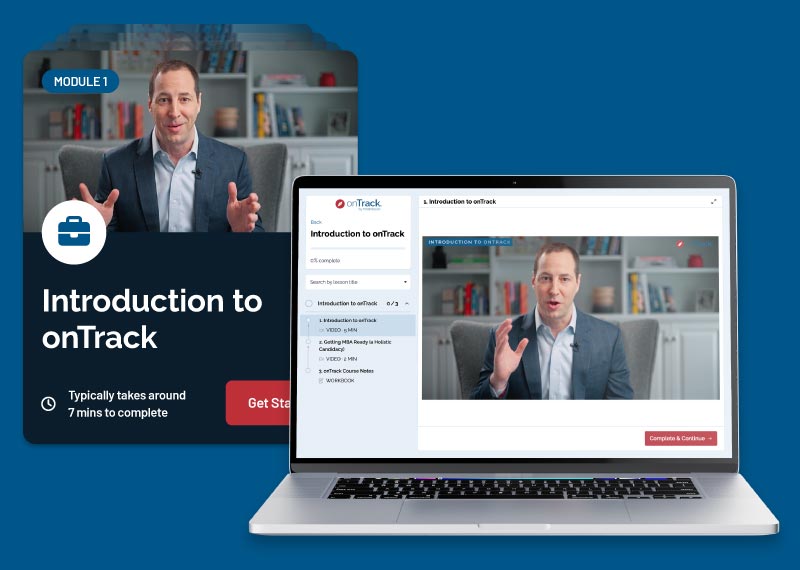In our “What I Learned at…” series, MBAs discuss the tools and skills their business schools provided as they launched their careers.
Sandi Lin is the CEO and founder of Skilljar, which provides businesses with online course software. Before founding Skilljar, Sandi was a senior manager at Amazon.com in Seattle. She earned her MBA from the Stanford Graduate School of Business. In the final part of this three-part series, Sandi discusses her path from MBA to CEO, highlighting the aspects of her MBA experience that have proven the most valuable to her as an entrepreneur. (Click here to read Part 1 and here to read Part 2.)
Starting a company is an incredibly messy process, the details of which are often forgotten later. Within my first year as a CEO, I fired two team members for cause, changed the company name three times and made one complete pivot. I also launched two different products, taught myself to code well enough to launch a minimally viable product, participated in an intense three-month accelerator program called TechStars Seattle and raised over $1M from investors, including from fellow GSB alumni. All of this is normal in early-stage companies.
I used to joke that being a CEO was the easiest thing in the world—all you had to do was quit your job. In reality, one of the hardest parts of being CEO is that I am constantly changing job functions and taking on roles in which I have had very little experience, from fundraising to coding to sales.
If there is one thing I have learned, it is that business comes down to relationships. The Stanford GSB excels at building those relationships among students, as well as providing the tools to strengthen those networks post-graduation.
What is particularly great about Stanford is its emphasis on experiential learning. Applying many of the principles learned in “Touchy Feely” (see Part 2 of this series) to the workplace, I learned much more about team dynamics, my own management style and how to have difficult conversations (e.g., firing) in such courses as “High Performance Leadership.” Another class that stands out in my mind is “Leadership Laboratories,” which places first-year students in small groups to role-play business scenarios, and culminates in various leadership challenges against GSB alumni during the Executive Challenge.
What I also valued about my MBA experience was the ability to gain exposure to a lot of different topics, from sales and operations to finance, marketing and more. As CEO, I switch between these functions every single day. As my company grows (as I hope it will!), I will eventually be able to delegate some of these tasks. But much of a start-up’s success in the early days is doing more with less, and even a basic grasp of the fundamentals has put me ahead of my peers.
The bottom line is that start-ups are all about rapid learning, flexibility and giving yourself an extra edge to stand out from the crowd. Personally, I believe going to Stanford GSB provided me with the best foundation to become the entrepreneur I am today.



